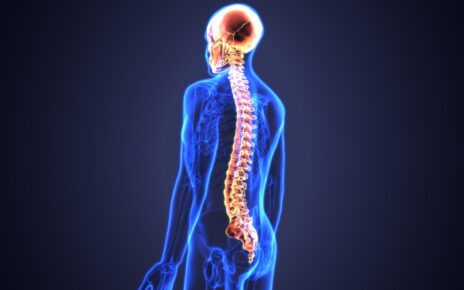In the United States, less than 1% of all births take place at home, but the Centers for Disease Control and Prevention announced that this number is on the rise. Is midwife-assisted home birth safe or should women stick to physician-assisted hospital deliveries?
Candidates for Home Birth
The answer to the home birth versus hospital birth question depends on whether or not a woman’s pregnancy is classified as normal or at-risk. For normal pregnancies, midwife-assisted home births have about the same infant mortality rate, if not slightly lower, than hospital births.
However, for at-risk pregnancies, delivering in the hospital is the safest option because hospitals provide immediate access to high-tech, life-saving equipment and specialists.
Hospitals and Unnecessary Medical Interventions
Midwives are committed to not intervening with the labor and delivery process. This results in very few unnecessary procedures such as labor inductions, episiotomies and cesarean sections all of which have a host of potentially deadly side-effects.
According to the American College of Obstetrics and Gynecology, “The rate of labor induction in the U.S. has more than doubled since 1990. In 2006, more than 22% (roughly 1 out of every 5) of all pregnant women had their labor induced.”
Problems with Labor Induction
The induction of labor causes more painful contractions, longer labors and often leads to fetal distress which significantly increases the odds that a woman will require additional interventions such as an epidural, invasive fetal monitoring, a forceps delivery, a vacuum delivery, an episiotomy or a cesarean section.
Pharmacology and Labor Pain Relief
Since labor inductions often cause longer and more painful contractions, many women elect to have an epidural. However, the long-term effects of epidurals have not yet been determined and the drugs used in epidurals do cross the placenta and effect the baby.
Epidurals also have the potential to cause serious, life-threatening side-effects for both mother and baby and the drugs used have been proven to inhibit the initial mother/baby bonding process.
Rise of the Cesarean Section
Recent figures released by the CDC show that the rate of c-section deliveries in the U.S. continues to skyrocket and has now hit a record high of 31.8%. The majority of countries around the world have rates below 10%. By comparison, the cesarean section rate for midwife assisted births is the lowest at between 1-5%.
Episiotomies
The U.S. also has the highest episiotomy rate of any English speaking country. In hospital births, one out of three mothers receives an episiotomy. Many medical experts believe this number is far too high.
Midwives don’t tend to give episiotomies unless absolutely necessary. Instead, they allow labor to progress naturally and offer a woman natural ways to prevent tearing, such as perineal massage with olive oil, allowing adequate time for the tissues to stretch and suggesting certain positions during labor that assist in opening the pelvis.
Hospital Births and Germs
Additionally, when a woman chooses a midwife-assisted home birth, she and her baby will be exposed to significantly fewer germs than if that same woman chose to deliver in the hospital. The main reason for reduced germ exposure has to do with the number of people present during labor and delivery.
Emergencies During Home Birth
Midwives are trained to recognize potential complications and to transfer a woman to the hospital at the first sign of trouble. Additionally, most midwives are trained in emergency neonatal resuscitation and how to stop hemorrhaging.
Midwives also typically require clients to live within close proximity to a hospital in the event emergency care is needed.
Home Births in the World
In today’s technologically-driven world, the idea of a home birth may seem a bit prehistoric, but the fact remains that 90% of the world’s population is born at home with the assistance of a qualified midwife. Furthermore, in the U.S., midwife care was the standard until the industrial revolution during which physicians and technology took over.
Hospital technology offers life-saving benefits to those in need however, due to the steadily increasing rate of unnecessary medical interventions, an increasing number of women are choosing midwife-assisted home birth as a safer, healthier alternative.
Discover more from Thenewsdoor
Subscribe to get the latest posts sent to your email.





One thought on “Home Birth Versus Hospital Birth: Which Option is Safer?”